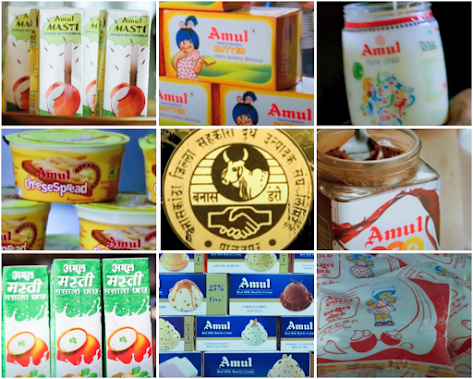Farm Pond ( Kadwanchi - A successful role model for rainfed agriculture and farming)
FARM PONDS: The design and construction of farm ponds require a radical knowledge of the location conditions and requirements. Some sites are ideally suited to locating the ponds and therefore the advantage of natural conditions must always be taken.
A large number of ponds constructed during a catchment will have a retarding effect on the flood flows downstream. Farm ponds have a big role in areas of rainfed agriculture. They're used for storing water during the rainy season and using the same for irrigation subsequently.
Before planning to construct a farm pond, the knowledge of site conditions and requirements is a must. Some sites are ideally suited for locating the ponds and the advantage of natural conditions should always be taken.
In 2003-04 there was a drought within the Jalna district area. Rainfall was only 40% of the standard average. At that time the big question farmers faced was, How will they water the fields? The situation in March- April was such that there wasn't enough water to sustain the village. The traditional method of farming was dependent on rainfall and wells for irrigation. Nobody had thought of a method beyond those. After facing many difficulties and crucial conditions, the work on the biggest watershed was completed. Various people worked hard and sincerely. So to sustain the farms, agriculture researchers and engineers decided to implement the concept of farm ponds.
Farm ponds are meant for risk mitigation in the case a year the rainfall falls below average, there is the storage of water available. When high-value and high-tech crops face water scarcity during summer, at that time farmers can use water from the farm ponds. When the water level decreases in the wells, water from farm ponds can be supplied to the fields. It was understandable that farmers would think that, they would lose their land. So under the National Horticulture Mission, They developed a variety of models to build farm ponds according to the land area. For a 1-acre farm, they develop a 5 lakh liter farm pond, For 2 acres 15-16 lakh liter, For 2.5 acres 20 lakh liter, For 3-4 acres 25 lakh liter. Maharastra government has 4-5 models for the farm ponds. The biggest one is 1 crore liters which requires 1.5 acres of farm area. Farm ponds are usually about 30m x 30m and 3-4 m below ground level and 3-4 m raise above the ground. The black plastic sheets are used to cover the ground and to stop the water. These plastics have usually a 5-6 year warranty from the company but people have maintained it for 10 years too.
In Kadwanchi village 3000 population and 1810 hectare area, 564 farm ponds have been constructed so far under this National Horticulture mission. For a farm pond, it needs a well or a stream of water beside it, For filling up the farm ponds. When it rains the water percolates in the ground, raises the water level in the wells, and the water from the wells is transferred to the farm ponds. In the summer when wells run dry farmers can use their stored water from the farm ponds for irrigation easily. During critical stages of the crop farmers badly need water. They can't be dependent on rainfall during the critical stages of crops. So with the help of a farm pond, they can easily irrigate their crops during need and critical stages and can increase crop intensity.
This farm pond concept has resulted in such a big revolution that the grapes have been cultivated on 25000 acres in Jalna. Apart from grapes various fruits and vegetables are also cultivated in Jalna through irrigation with farm ponds. Whether it is grapes, pomegranate, guava, or any other fruit grower would need water across all 12 months. Farm ponds are useful for any crop. There are no limits to what one can do. Farmers of Kadwanchi cultivated Mulberry, grapes, and tomatoes on a large scale without the fear of irrigation water. Farmers of that village don't have to go out to sell their produce, traders even from other states come to their farms to buy the farmer's produce. Before all the interventions, before the watershed program. In that village, the production of the entire village was worth only Rs 77 lakhs from that it has now gone to Rs 75 crores.
How much strength there is in standing together has been shown through this living example by Kadwanchi. Because of adopting this cropping method, the farmers can grow crops around the year. Only water should be utilized fully. As it has been said by our prime minister Narender Modi "More crops from single drop" so it's not just more crops but also more money to the farmers and more return. , Because of all these implemented farm ponds. Farmers can earn lakhs from this store of water to convert it into production. Farmers call it " Bank balance". These farm ponds enhanced the economic status of the village. Many farmers from a hut, have moved on to the concrete house. According to the farmers of that village, whatever progress they have made till today is only because of the farm ponds. They believe that it is due to the practice of farm ponds only that they progressed and their dreams have come true. These farm ponds have made farmers self-sustaining and added more joy to the lives of the farmers.
'Kadwanchi is a successful role model for rainfed agriculture and farming'.





Comments
Post a Comment